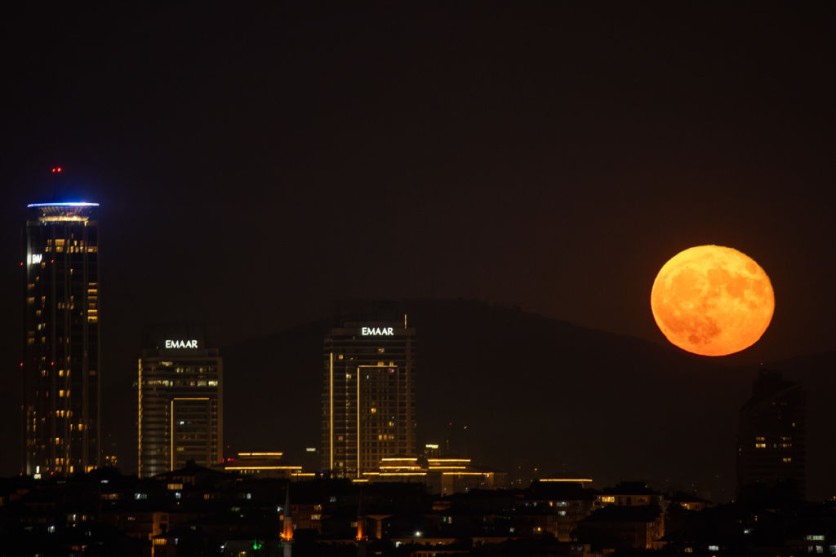A very uncommon Blue supermoon in Pisces will rise on August 30th, 2023, signaling a period for introspection, emotional release, and healing. The second full moon of August 2023 is in the sign of Pisces, which is related to dreams, intuition, and spirituality, and is closer to Earth than normal. For emotional healing during this full moon, it's best to let go of barriers and connect with inner knowledge.

Rare Lunar Phase
The second full moon of the month, a full super Blue Moon, is rising in Pisces. The biggest and brightest moon of 2023 will be seen during this exceptional and dramatic occurrence on August 30 at 9:36 PM EST. The last Blue supermoon will occur in 2032, and the next two years will be the closest to or most enthralling by one.
A perigean full moon that is closer to Earth than usual in its elliptical orbit is called a supermoon. These moons can seem 16% brighter and have disks that are 8% larger than the typical moon's. They are oddly far from Earth—222,000 miles—and won't experience a closer full supermoon until November 5, 2025. Full moons cause troubles, feelings, intestinal parasites, menstrual periods, and other sticky things to rise to the surface.
A supermoon intensifies these impacts. The form of the shine represents how we climax, close circles, and conclude cycles.
Relevance in Pisces
The final sign of the zodiac's full moon in Pisces is a potent moment for introspection and emotional release. The twelfth house of culminations, dreams, illusions, and the unconscious mind is ruled by the fish, Neptune. The final destination of the flesh skeleton's motorbike trip, Pisces, blurs the distinction between being and not being.
This moon cycle pushes us to let go of restrictions and accept the harsh realities of life. During this lunation, our intuition is enhanced, and we might anticipate vivid symbols or messages in our dreams and visitations. Due to the fact that Virgo is the ground sign and Pisces controls the feet, the moon is also a good time for hugging and letting free.
Blue Moon History
A seasonal Blue Moon is the third of four full moons that occur in a single season. A Blue Moon is a lunar phenomenon that occurs when two full moons occur in the same month. It is not genuinely blue, but the atmospheric conditions brought on by extensive forest fires or volcanic eruptions can make it look that way.
The phrase "blue moon" is said to have originated with friars in the 16th century who chastised the Roman church for making absurd claims. The phrase eventually lost its negative connotations and started to be used to describe things that were unique and unusual, occasionally even ludicrous.
The "Maine Farmers Almanac," which described a "Blue Moon" as the third of four full moons in a single season, was misinterpreted, leading to the creation of the term "Blue Moon." The phrase was originally used in 1988 as a second full moon was about to rise, which resulted in extensive radio coverage and incorrect usage of the phrase.
The phrase is sometimes credited to two friars from the 16th century who criticized the Roman church in a tract by asserting that laypeople frequently trusted the clergy's every word. The phrase eventually lost its negative connotations and started to be used to describe things that were unique, unusual, or even ludicrous. The term remains a misunderstood term today.

ⓒ 2025 TECHTIMES.com All rights reserved. Do not reproduce without permission.




